Can Art Suggest Where Violence in America Comes From?
Violence is the lifeblood of American history, politics and culture. Violence is present in many shapes and guises throughout American society, from the colonial conquests and Civil War to mass shootings, police killings. Art is an interpretative representation and direct reflection of social practices, giving readers a unique toolbox to delve into the point where these narrative display of violence has its root. Art doesn’t simply reflect the world, but takes it to task, uncovering the subtexts beneath our standard narratives and questioning assumptions about particular ideologies or cultural trends that are largely invisible in popular discourse. This article aims to examine how art — across visual arts, literature, film and other media — may offer explanation as to where violence in America arises from as place of origin and reveal an essence of its history, identity and power relational ways.
Art Reflecting Historical Violence
Violent historical events have always been captured and interpreted, through the lens of artistic observation. Artistic expression of the brutal realities as presented in art also reflects a history of American colonization, slavery, and racial oppression. In one area, the figures of African Americans are brought to life through silhouettes and murals by Kara Walker; images that capture the brutality faced by Black people who lived in constant fear. Using silhouettes, black cutouts against a white wall, Walker is able to not only accentuate the likeliness of the invisibility of Black experience with larger society but also hold space for her spectators uneasiness and participation in systemic violence.

Similarly, there are contemporary artists like Dread Scott who perform and make installations dealing with historical trauma. InfoHe said a work of Entitled “What is the Proper Way to Display A U.S. Flag?” America imperialism AND state sanctioned violence These works raise questions about the violence that birthed the nation, and its continuing presence in the body politic.

Identity and Social Violence as Commentary Art
Art also asks questions about race, identity and violence especially within communities that are marginalized. The paintings of Jean-Michel Basquiat, for example, underscore race and identity not in isolation but alongside systemic violence. Basquiat frequently used symbolic imagery and text that references police brutality, racial stereotyping and social disenfranchisement inherent to the violence found within American society reflecting the construction of identity.

Similarly, the photographs of Gordon Parks explore African American daily life, revealing the ubiquity of fear and rage and protest that shadowed a nation divided by race. His famous civil rights photography, such as “American Gothic,” captured a sharp contrast of patriotism with racial rifts–claiming violence was not just physical but also psychic and cultural; measured by its ability to define who belongs and who doesn’t.
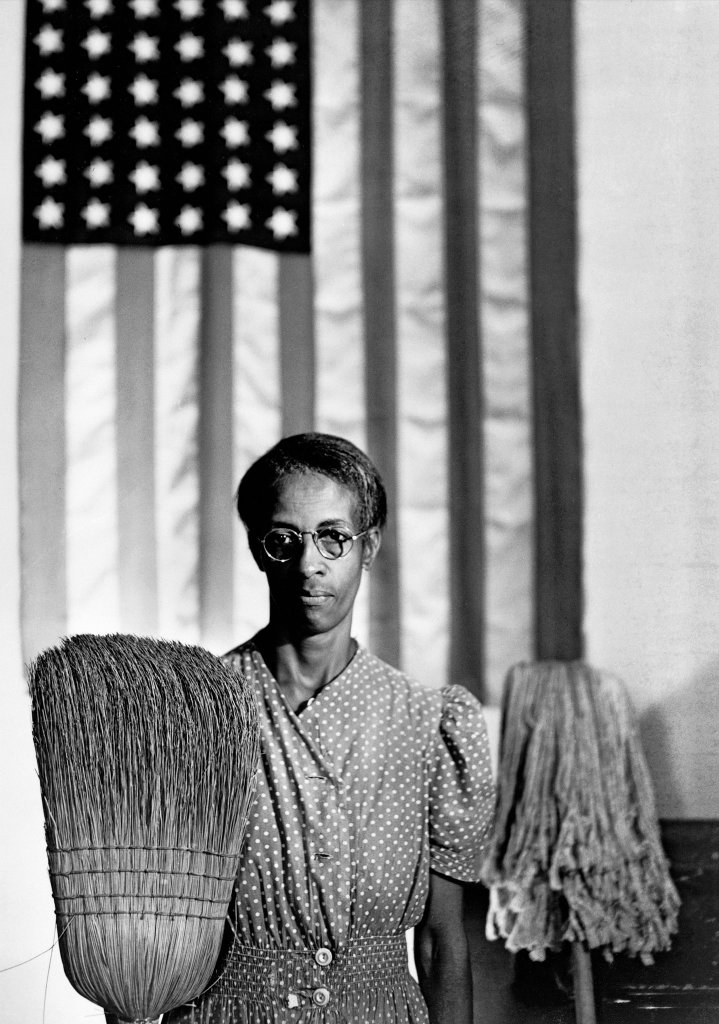
Similarly, art by LGBTQ+ artists; David Wojnarowicz and Catherine Opie further questions the mainstream erasure or silencing of queer lives under duress. A triptych of works by American artist, critic and activist David Wojnarowicz in Room 2 confront the violence of silence and neglect witnessed during the dying days of an AIDS crisis, while photography from fellow American Cleve Jones — published under her own name Catherine Opie’s — tackles overt violence Metamorphically depicted onscreen. The violence occurring in America as shown through these artworks — strikingly, has the source of its power been masculine propriety that teeters on heteronormativity to keep social settings in check?

Grim Reactions: Art in Gunland
Similarly to the issue of corporate censorship, gun culture is another uniquely American problem that arises in contemporary American art. Michael Murphy’s sculptural installation, Gun Country & Andres Serrano in his photographic series On Objects of Desire address the fetishization and normalized relationship America developed with guns. They suggest that gun violence is not merely an issue of individual pathology, but a cultural problem with strong associations to America’s tradition of frontierism and rugged individualism, in addition to the constitutional parameters that legally guarantee everyone the right to bear arms.

Murphy’s piece of hung guns arranged to approximate the United States is as if to say that the land itself was founded upon and remains in some sense within the bounds of its guns. Serraon’s images of guns as machined erotic gewgaws do little to dispel the popular culture glamorization of weapons. Their works raise the obvious question: Does America’s inclination toward violence come from a peculiar national fetish or romance with firearms, separate somehow from what those weapons actually do when fired?
Art as a form of work: researching state and structural violence
Contemporary art also reflects the reach of state violence, whether in policing, military operations or immigration policies. Artists such as Trevor Paglen, and Ai Weiwei offer a tray in which to serve the elephant in the room of chronic state control, individual surveillance and rampant oppression. His photography and data visualizations expose the hidden infrastructures of American surveillance, while his installations and films, like those of Ai Weiwei, illustrate the general effects of state oppression between American politics and international developments.

It suggests that the violence is frequently produced by states, specifically institutionalised and naturalised via mechanisms of state power which pass largely unchallenged from in the public sphere. In this sense, art is an investigating instrument that seeks to uncover the concealed mechanisms and ongoing malpractice that support brutality in the name of safety, law and order.
Popular Art: The Media and Popular Culture
Art in mass-consumption media, like film, television and music, helps influence and interpret America’s violent history as well. Those troubled men have always existed not just in the real world streets but also, within cinema, where films like Taxi Driver and The Godfather reflect so much of our national psyche — violence is baked into American masculinity, honor and power. Although Quentin Tarantino has taken much flack for the thematically fraught style of violent fisticuffs that have become his calling card, his films sometimes act as a way to criticize the aestheticising of violence — only to indulge in it at the same time, thus respondling widely about screen violence.
Hip hop music, in the words of Tupac Shakur (the young black male), Kendrick Lamar and Childish Gambino, (This is America) lay down as clear a description of systemic oppression and both individual selves and collective will to survive as any other oral history or folkorp epoch can recount. — But for this analysis let’s splice what we see referred to by mainstream propaganda and Amerikan racist ideology ‘black body’ which is criminalized through twisted Alice In Wonderland veil crafting literacy-enslavement! The work of art above tells us that violence is the norm rather than an exception to this society, reflecting what we all have internalised through media coverage and social norms.
Conclusion: Answering violence with art
Art in many ways allows us to understand where violence in America comes from, and how it is created. An opportunity to delve into legacies of trauma, identity politics, cultural obsession and the apparatus of violence within states. Through this intricate detangling, artists make evident the fact that violence is not an event from outside but rather is integral to the history, culture and identity of this country. Art can be a powerfully provocative, challenging and different way to see the world — an essential part of finding ways to understand and change the factors promoting violence in our country. As a mirror and a magnifying glass, art not only reflects the source of violence; it interrogates us to confront it, question it and in the end seek out means for transformation.
Top 10 Global Gaming Studios Shaping the Future of Entertainment
The global gaming industry is driven by the powerhouses of the world, a select few studios who shape entertainment for years to come with incredible levels of innovation, creativity, and plain business-savvy. Working with the best of the best, these some of top gaming studios in the world that brought you your favourite games, have dictated trends and change history for both technology advancements and how we tell stories. These companies have the power to choose exactly what games get made, and more importantly, which ones do not; a powerful position to be in that can impact an unlimited audience of players. These decisions from the top brass in the industry shape the gaming landscape of the present and future, spanning open-world adventures to competitive eSports titles.
1. Nintendo (Japan)
Notable Games: Super Mario, The Legend of Zelda, Pokémon, Animal Crossing
Influence: Still, its spin into original programming makes sense because Nintendo is one of the pioneers in creative, family-friendly console and video game creation. It has total creative control of its IPs too and often prefers that decisions are made in the interest of a true gameplay innovation than simply market trends.
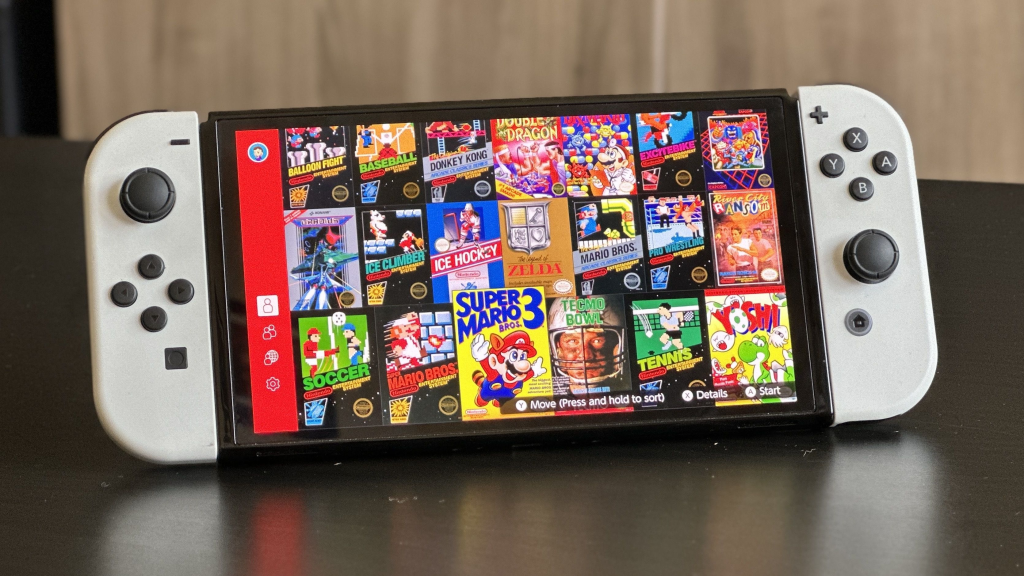
2. Sony Interactive Entertainment [(Japan)(USA)]
Notable Games: God of War, The Last of Us, Horizon Zero Dawn, Gran Turismo
Influence: Sony Studios, especially Naughty Dog, Insomniac & Santa Monica studios continue to largely autonomous creatively but also aligned with PS in developing high-budget narrative driven cinematic games for Sony’s PS ecosystem.

3. Microsoft Studios / Xbox Game studios (US)
Best known for: Halo, Forza, Gears of War, Minecraft
Impact: The influence these studios have is within the context of Microsoft’s larger gaming ecosystem, with decisions ultimately impacting Xbox and PC platforms. It’s worth noting that their purchase of companies like Bethesda and Activision Blizzard also give them ownership of The Elder Scrolls, Fallout, Call of Duty and more.

4. Activision Blizzard (USA)
Notable Work: Call of Duty, World of Warcraft, Overwatch, Diablo
Affectation: We get live-service multiplayer crap games for a tiny market of Elite(eSports) instead of ALL playing good AAA games. In true benchmarking fashion) should even support both competitive play and microtransactions to boot.)
Famous games: FIFA, Madden NFL, The Sims, Battlefield
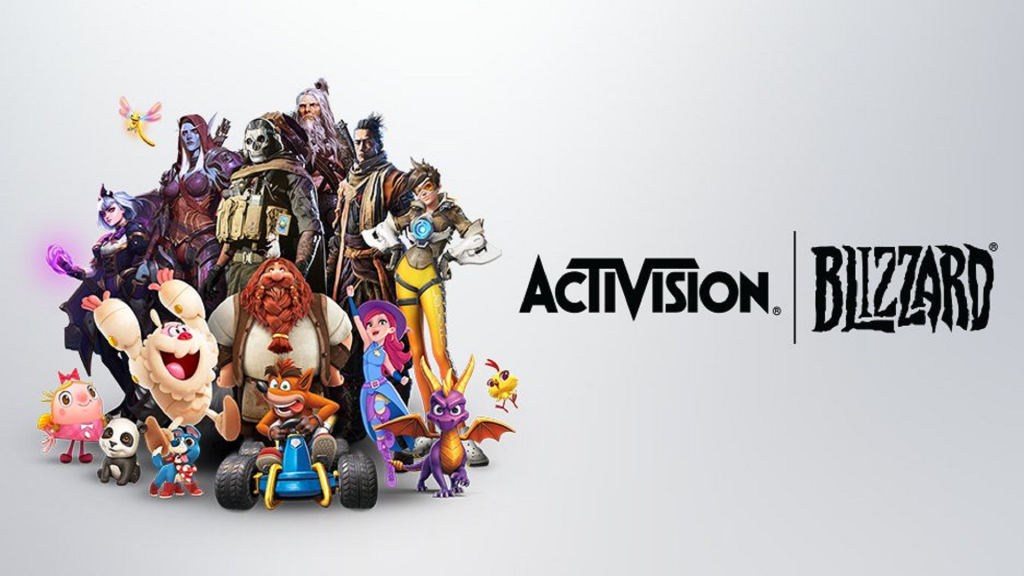
5. Electronic Arts (EA) (USA)
Famous for: FIFA, Madden NFL, The Sims, Battlefield
Impact: EA makes a decision about its annual sports releases with other properties. Though they have been chastised for their pricing strategies, they strive to serve up a combination of single-player and multiplayer experiences on various platforms.

6. Ubisoft (France)
Notable Franchises: Assassin’s Creed, Far Cry, Tom Clancy’s Rainbow Six, Watch Dogs
Influence : Ubisoft has a knack for producing massive story-led open-world games. Most of their choices follow trends in the market and are aimed at growing franchises creatively or exploring live-services, usually with a mix of innovation and safe gameplay (formula).

7. Rockstar Games (USA)
Notable Work: Grand Theft Auto, Red Dead Redemption
Influence — Rockstar are some of the most patient devs around, delivering AAA narrative-driven open-world epics to a fanbase. Most of their choices have everything to do with striving for creating a meaningful and hyper-realistic experience with the power tech available, rather than being forced into early release cycles via financials.

8. Epic Games (USA)
Noteable Works: Fortnite, Gears of War, Unreal Engine
Influence: Fortnite catapulted Epic Games into the limelight, turning it from just another developer of video games to one that now wields some influence across multiple sectors as well as having success with franchises such as Unreal Engine. Live-service models, cross-platform play and user-generated content are some of the things that they look at.

9. Valve (USA)
Famous for: Half-Life, Portal, Dota 2, Counter-Strike.
Legacy: Valve is motivated by their Steam platform, which puts a high-value on user-generated content and new game concepts. Instead, they would rather do their best to innovate using tech (case in point VR with Half-Life: Alyx) and also support long-term player engagement across the board through their games.

10. CD Projekt Red (Poland)
Best known for: The Witcher, Cyberpunk 2077
Influence: CD Project Red is known for its deep-narrative, wide-open-world RPGs; the studio heavily emphasises post-launch content and immersive storytelling to deliver high-quality experiences. Sony still makes decisions based on their commitment to making high-quality single-player games, though that doesn’t mean the rough launch of Cyberpunk 2077 didn’t have at least some influence here.

Games Women Play Are Different Than Those of Men
Historically, video games were often marketed more heavily toward men, particularly during the early years of the industry. However, this perception has evolved significantly in recent years. The current video game audience is diverse, with nearly equal representation of both genders.
According to various studies and reports, women now make up a substantial portion of gamers. For instance, a 2022 report from the Entertainment Software Association (ESA) found that around 48% of gamers in the U.S. are women.(TrueList)(El Mundo Tech) This data was gathered from a survey conducted by the NPD Group involving nearly 4,000 respondents. The report highlights the growing diversity in the gaming community, showing that the gender gap among gamers has narrowed significantly over the years. The range of game genres, from action-packed shooters to puzzle, simulation, and mobile games, has helped expand the audience beyond traditional demographics.

Are there any differences between the types of games that are been made for men vs women?
Yes, there are often differences in the types of games that tend to appeal to men versus women, but these distinctions are more about trends than hard-and-fast rules. Game preferences vary widely among individuals, regardless of gender. However, marketing and design strategies have historically targeted men and women differently based on perceived preferences.
Here are some general trends:
Male Targeted Games:
Action & Shooter Games: If you are looking for titles such as Call of Duty, Halo or Grand Theft Auto, chances are the games will be targeted towards male audiences. They are the games that more often than not feature combat, strategy and competition.
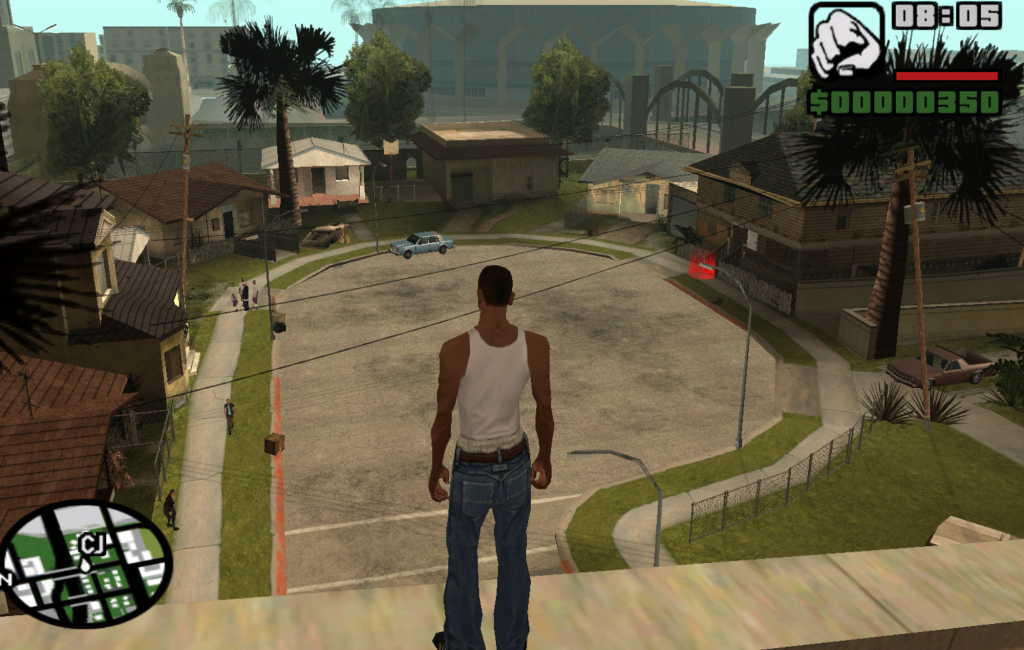
Sports Games (FIFA, NBA 2K, Madden NFL) — The male sports gamer; fans of real-world sports actions.

RPGs: Although girls also play those, game titles for example The Witcher and Skyrim have generally been built with a bigger viewers of men because of their complicated gameplay and story-driven action.
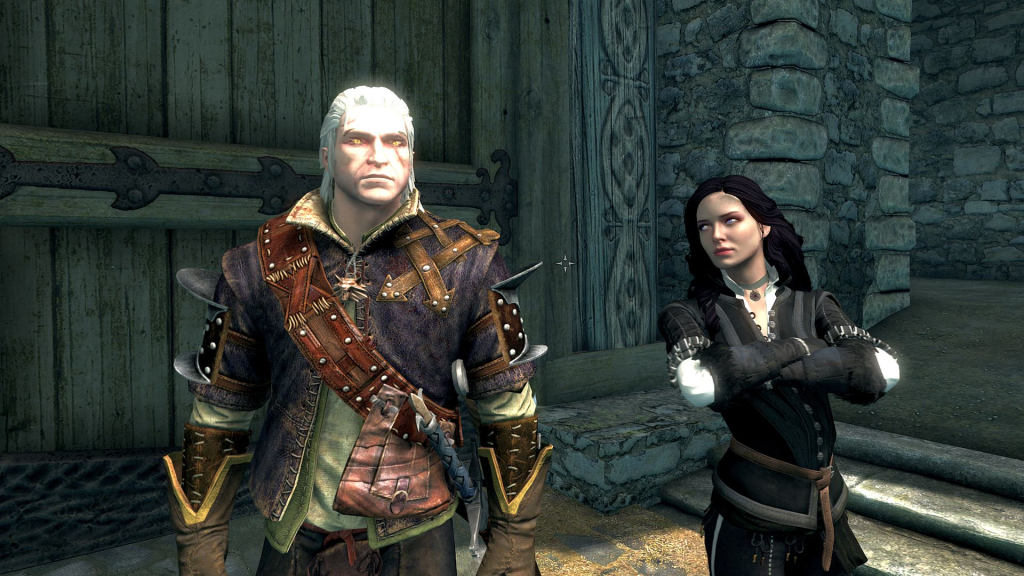
Games Generally For Women:
Casual and Puzzle Games: Mobile games like Candy Crush are also more popular among women, as well as games like The Sims or Animal Crossing. Games such as The Sims and Stardew Valley, in which the main goal is creativity like social interaction or life management usually attract over twice of their player base who are ladies.

Narrative Driven/ Story Rich Games: Games that have a strong narrative element and are emotionally engaging like Life is Strange or Firewatch are usually good pickings for female gamers.
Changing Trends
Mobile Games: Most mobile games are played by women, the game genre is focused on casual gaming, puzzle gaming and simulation.
Wide-ranging tastes: Women are increasingly playing video games in typically male-dominated genres such as RPG, action-adventure and even shooters
Why gaming is still seen as a boy’s club, even though women are everywhere
Research demonstrates there are differences in the types of video games marketed to men compared to women, but as the gaming industry changes, these distinctions are beginning to narrow.
Men’s Genre Interest: Men are usually attracted to competitive, results-based games i.e., action/sports/shooters. In contrast, women prefer puzzles, simulation and casual games, particularly on mobile devices (Newzoo)(Frontiers). For example, Candy Crush is the top-ever game genre for more women than it is for men), whilst strategy and shooter games are predominantly regarded as male genres (e.g. Call of Duty) (Newzoo).

In the beginning, video games were mainly aimed for men, which supported previous gender bias and leads to flawed generalisation of gamer persona. That has changed a lot in the last few years. But what’s strange still is that while women make up almost half of all gamers, they are less likely to consider themselves a “gamer” than men (Pew Research Center). Why gaming is still seen as a boy’s club, even though women are everywhere?
1. Spending Habits — Men are more likely to spend money on peripherals and in-game currency, especially when it comes to the PC, and console markets. Nonetheless, female gamers demonstrate high involvement in mobile gaming; but they also generate a substantial portion of their revenues through in-game purchases (Newzoo).

2. Stereotypes vs Reality– Although stereotypes regarding what sort of person is likely to play video games are all but inaccurate research has found that the gender divide of who is playing what kind of games has often been distorted. This includes the fact that while genres like shooters are indeed dominated by men, consumption of video games is fairly evenly split — both genders play games of all types on most platforms in similar volumes.(Frontiers).
3. Historical Market Trends– In the beginning, video games were mainly aimed at men, which supported previous gender bias and leads to flawed generalisation of the gamer persona. That has changed a lot in the last few years. But what’s stranger still is that while women make up almost half of all gamers, they are less likely to consider themselves a “gamer” than men (Pew Research Center)

In previous times, game developers used to hit all this stuff, but nowadays theres a lot of different style for games and many of them can be aimed at both male and female. Greater audience coming to ALL genres from all the many developers who are including them in their designs.
Conclusion
With the advent of this millennium, men were almost synonymous with early video games, especially as leads in first-person shooters. However, women now share an almost equal part of the gaming audience, with overlapping interests. Today, women make up nearly half of all gamers, with around 40% participating in traditionally male-dominated genres. This shift reflects a growing empowerment of female gamers. While differences in game preferences between the genders remain, this gap is rapidly closing. Developers are increasingly creating games for everyone, contributing to a more inclusive gaming community. Despite this progress, the stereotype of gaming as a “boy’s club” persists, partly because female gamers are less likely to identify as “gamers,” even though they represent half of all players. As the gaming industry continues to evolve, the hope is that these barriers will disappear, fostering a fully inclusive.
Indians Play Games But Don’t Make It!
With changing times and economies, we have experienced a vast surge in the Indian video-gaming industry, the surge however has been one-sided with many Indians playing video games and less on the Indians developing games. India is still in its nascent stages when it comes to development of good video-games that can compete with other international games that one sees. The games being developed in first world countries such as the United States of America, South Korea and Japan are in a separate league with complex narratives, master effects and with the new integration of effects through A.I. tools.
This presents us with a challenge in the Indian gaming industry, and one requires to strategically and creatively unpack this in order to understand the issue.
There are certain areas which need substantial growth in order for the Indian gaming industry to reach better heights and to make video-games at par with International standards, let’s delve into some of this factors:
Enhancement of Infrastructure: To foster a good Indian gaming community and makers in the field, one needs to invest in robust technology and new-age tech that is upcoming. With Artificial Intelligence at the precipice of being integrated into our lives, good investors who can see the potential can tap into it and ask game developers to use it to their advantage. However, India at the moment is still struggling to meet its basic technological needs such as High speed internet, reliable power supply at all times, upgraded hardware and softwares, etc. Local artists and talent can be attracted and investing in their capabilities can be a boon in the gaming industry.
Skill development and Learning: To have more Indian game developers, one needs to focus on having programmes, projects, specialised courses, workshops and a similar chamber to attract the local talent. The youth who are inclined towards gaming and video-games can be taught skills and educated on making such games and that can propel our indigenous artists to try and visualise video-games. A skilled workforce can be nurtured and developed with such courses. Such courses should also be available readily and easily accessible either in the educational formats or online for people to learn from.
Adequate promotion of the Indian gaming community: There are a few indie gaming companies, individuals that have started to come up in recent times such as 99Games, Dhruva Interactiva,Nazara Technologies that have developed World Cup Championships, Motu Patlu games for children, etc. However, these are quite less in number and not as popular and need that external push to grow within the fraternity or establish themselves in some manner. More support can be provided to smaller enterprises in the form of mentorship, marketing and funding. It shall not only foster creativity but will allow experimentation and lead for more individuals and enterprises to enter the field and provide Indian narratives on to the larger video-gaming community.
This leads us to the next point of Cultural representation on an International Level:
Exposure and collaboration with International enterprises, gamers, developers shall instil faith in the Indian developers. Through exchange programmes, international workshops, residencies, interactions with first world country creators, fostering partnerships and collaborations, Indian gamers shall benefit from such interactions and hone their art. This would then in-turn lead to more culturally specific games and representation of the Indian diaspora in the international front. An example for a well-represented culturally specific game is the one developed by Nodding Heads games based in Pune, Maharashtra called Raji: An Ancient Epic is an action-adventure game that incorporates Indian Mythology with its design inspired from Pahari style of Miniature painting is the right example for this factor. The game gained critical acclaim for its captivating art style, engaging gameplay, and its portrayal of Indian mythology and culture.
More games and representations such as these are only possible once enough people are invested in the developing community and believe in this artform.

Government Support and Incentives:
Any government plays a vital role in shaping the lives and careers of many citizens in their country, in this scenario too it has massive impacts on the gaming industry of our country. If the govt. believes in this artform and how it can shape the livelihoods and way of thinking of the youth, they can incentivise this by offering funds, schemes, educational material/courses (which are easily available in govt. schools/colleges/institutes). These would be beneficial in educating the youth or rather anybody who wishes to get into the field and learn the craft of developing and designing a video-game. They can further offer tax incentives, grants, and subsidies to game developers to stimulate growth and innovation. Moreover, creating policies that streamline regulations related to game development and distribution can provide a conducive environment for the industry to thrive.

While the Indian gaming industry is on an upward trajectory with a large consumer base,dominance in mobile gaming interface, and rise of e-sports online, it still has a long way to go. With the right education, skill development, infrastructure, investment and government support, the industry could expand to great heights. India has over the years emerged as a promising market with immense potential that just needs to be tapped by the right set of individuals who believe in the virtual future of gaming.

Conclusion
By strategically focusing on the above factors and key points, anybody can be propagated and propelled into the world of Indian gaming and developing interesting and culturally specific games. The benefits of the same are many, as the video-gaming industry is one of the World’s most dominant industries in current times. It is a multibillion dollar company if not more than films and cinema which could prove to be rather fruitful for a developing country such as ours; whether economically or creatively/socially. Indian gamers may be plenty but developers are few and the only way to encourage them is to show them solidarity and provide support on many accounts. It will not only foster learning of a great skill/sport but will also lead to growth of more culturally relevant narratives within the global gaming community. Such games made by Indians shall represent voices, stories, identities of us Indians on a virtual level that is depicted rather poorly currently.




